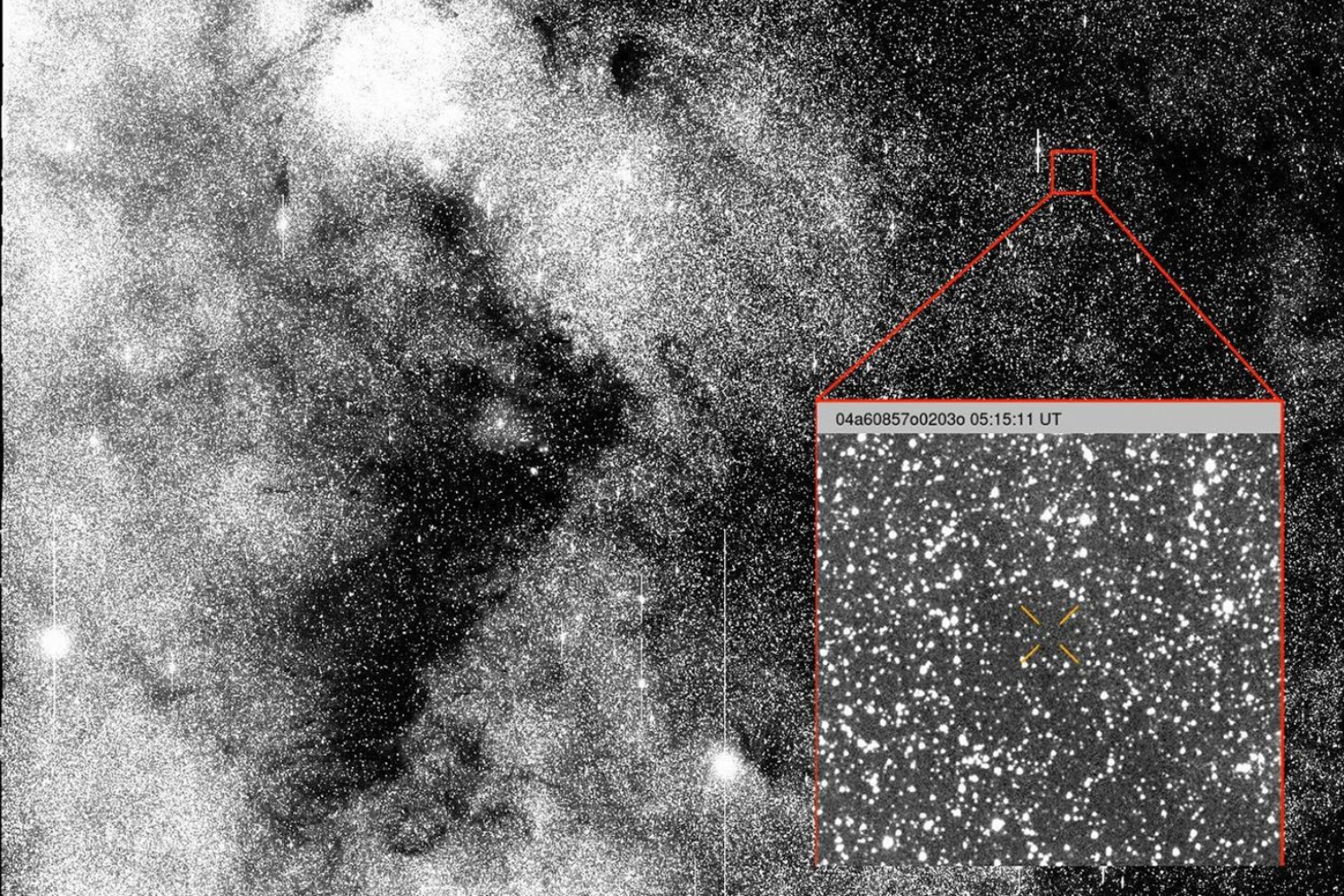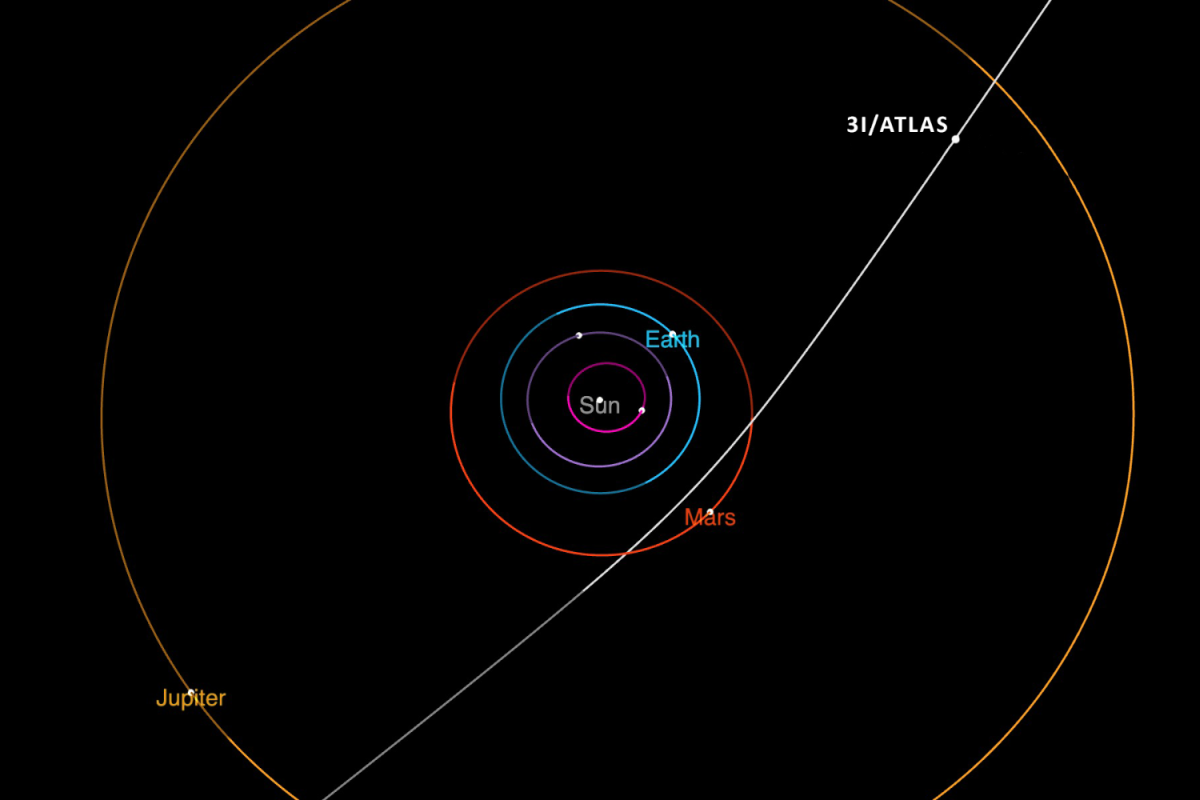
An unexpected visitor to our solar system spotted earlier this month might be a piece of alien technology—that is, according to one professor from Harvard University.
3I/ATLAS—which is only the third known interstellar object ever recorded—was detected on July 1 by NASA‘s ATLAS telescope in Chile.
Despite being officially classified as a comet, theoretical physicist professor Avi Loebof Harvard University, has argued that the object could have been sent by an alien civilization.
Loeb explained that the object’s trajectory, size and behavior suggest it could be something far more advanced than a natural occurrence—and could instead be some form of alien craft or probe.
“The retrograde orbital plane of 3I/ATLAS around the Sun lies within 5 degrees of that of Earth… The likelihood for that coincidence out of all random orientations is 0.2 percent,” Loeb told Newsweek.
Despite this, other scientists are skeptical of Loeb’s claims. Richard Moissl, Head of Planetary Defence at the European Space Agency told Newsweek: “There have been no signs pointing to non-natural origins of 3I/ATLAS in the available observations.”
ATLAS/University of Hawaii/NASA
These are not the only anomalies that set 3I/ATLAS apart from typical comets. In addition to its retrograde orbit, Loeb said that the brightness of 3I/ATLAS implies an object that is around 20 kilometers in diameter which he explained is “too large for an interstellar asteroid.”
“It might have targeted the inner Solar System as expected from alien technology,” he added.
3I/ATLAS is expected to pass unusually close to Venus, Mars and Jupiter this fall, an alignment Loeb calculates as having a probability of just 0.005 percent if the arrival time were random.
The comet is expected to reach its closest point to the Sun on October 29, when it will be hidden from Earth’s view, a detail Loeb finds suspicious. “This could be intentional to avoid detailed observations from Earth-based telescopes,” he said.
The object also lacks typical cometary features. “No spectral features of cometary gas are found in spectroscopic observations of 3I/ATLAS,” Loeb said.

NASA/JPL-Caltech
Unlike Loeb, Moissl believes that the most likely explanation for the object is a natural origin, likely originating from an orbit around a star somewhere in our galaxy.
“All observations are in agreement with basic assumptions about a space-weathered natural object with, so far, weak cometary activity,” he said.
This is not the first time that Loeb has shared an extraterrestrial theory for a space object. In 2022 he theorized that mysterious cosmic object known as ‘Oumuamua may be technology from an alien civilization.
While emphasizing that this remains a hypothesis, Loeb argues the possibility deserves serious attention.
“The consequences, should the hypothesis turn out to be correct, could potentially be dire for humanity,” he said. “We better be ready for both options and check whether all interstellar objects are rocks.”
In the meantime, work is being done to collect as much data as possible about space objects like 3I/ATLAS.
“Astronomers around the world are collecting as much data as possible on the orbit and physical properties of the object and how these change in the course of it passing through our solar system,” Moissl explained.
“Collecting this data will provide us with clues as to what the object is made of and, by proxy, provide some exciting insights into how faraway planetary systems might look.”
Do you have a tip on a science story that Newsweek should be covering? Do you have a question about 3I/ATLAS? Let us know via science@newsweek.com.
